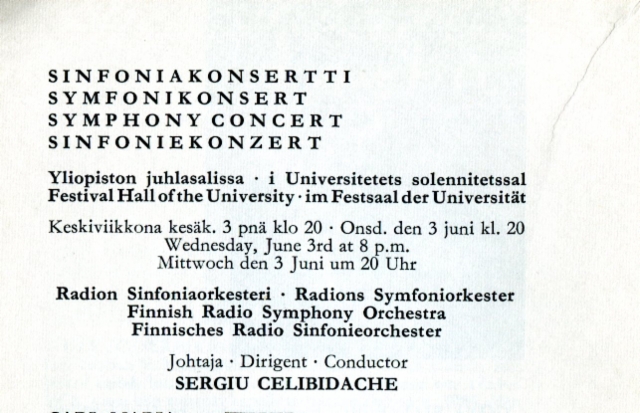
Vänskä’s second movement, for my taste, moves too slowly, and the tenor of the dynamics is too light. Vänskä and the Minnesota players soon usher in a storm in C minor that has the potent energy I enjoy as well from the classic rendition from Thomas Beecham and his Royal Philharmonic.įor the most-popular Second Symphony in D major (1902), the rather striking colors in Vänskä’s approach seem to me more personal and intimate than, say, the heroic panorama in Serge Koussevitzky’s epic Boston Symphony document from 1950. The dynamic level, disarmingly soft, can soon erupt into spasmodic moments of broad energy that urge the Allegro energico forward, recalling the composer’s original rubric for the movement, that “a cold, cold wind is blowing from the sea.” A long pedal point in E-flat opens the second movement, Andante, whose debts to Tchaikovsky do not prevent its possessing its own bucolic allure.

Vänskä takes a leisurely pace with the introduction, in which clarinetist Burt Hara intones the organic main theme. 1 (1899) deserves its measure of achievement by the degree of economy Sibelius exerts upon his forces. The distance in musical maturity between Kullervo and Symphony No. The sheer abundance of orchestral colors testifies to a major talent on the verge of finding his voice in music, combining his personal drive with a fine sense of national identity. The final two movements redeem the rendition, rife with energy and conviction, realizing a work incredibly provocative in its style, with possible implications for Schoenberg’s Gurreliederand Prokofiev’s Alexander Nevsky. But the performance sags under the inefficient weight of the two vocalists: Mezzo-soprano Lilli Paasikivi strikes me as over-ripe, too Wagnerian in her part, while baritone Tommi Hakala lacks vocal focus, his intonation unsteady, his voice rather parched. The core of the symphony, “Kullervo and his Sister,” proves alert and expansive in the chorus and orchestra, much in the manner of a scenic cantata. Here, we find some justification in the response by conductor Robert Kajanus that the music of Kullervo might test the concentration and understanding of the general public beyond its means. More askew, tempo-wise, the second movement, “Kullervo’s Youth,” plods at an inordinately slow pace. Vänskä takes the opening introduction rather briskly, and its confident swagger perhaps belies the epic tragedy that lies in wait. The recording derives from a public concert given in February 2016. Sibelius had been deeply moved through his studies in Berlin and Vienna of the Finnish national epic Kalevala, and he embarked in 1891 on a five-movement score - with soloists in the third movement - that would capture, with Brucknerian girth, the tragic grandeur of Kullervo and his misadventures. So far as the Kullervo interpretation is concerned, Vänskä’s reading has its idiosyncrasies as well as inherent weaknesses, the latter attributable to his vocalists.

This latest compendium is a solid, conscientious traversal of the Sibelius symphonic cycle. In this new edition, which features the Minnesota Orchestra and adds Kullervo, each of the four discs is accompanied by its respective booklet from the original album that was released individually. Osmo Vänskä addressed the Sibelius cycle in the 1990s with the Lahti Symphony, also issued by the BIS label. His youthful Kullervo (1891) and his seven symphonies, composed 1891-1924, extend the Romantic tradition in symphonic expression and structure into a striking and simultaneously compelling search for unity in 20th-century terms.

BIS 2506 SACD (4 CDs).ĭIGITAL REVIEW – The music of Jean Sibelius (1865-1957) continues to speak with the authority of an individual voice, a persistent and musically informed vision of his intimate yet national character. Lilli Paasikivi, mezzo-soprano Tommi Hakala, baritone YL Male Voice Choir Minnesota Orchestra conducted by Osmo Vänskä.

Sibelius: The Seven Symphonies and Kullervo, Op. Osmo Vänskä conducting the Minnesota Orchestra (Photo by Courtney Perry)


 0 kommentar(er)
0 kommentar(er)
